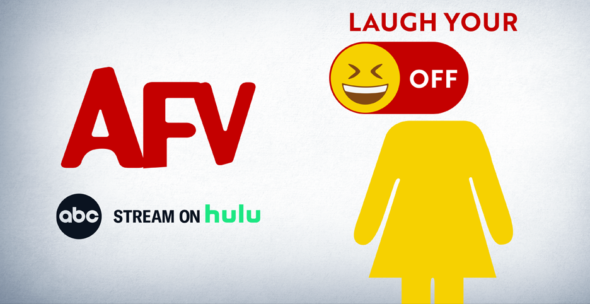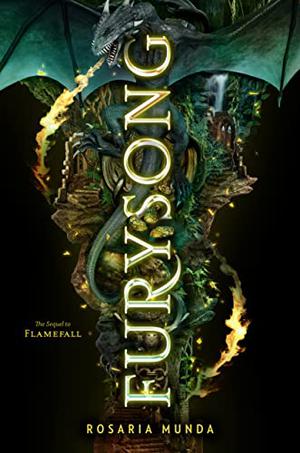
“Best of breed has jumped the shark. The concept that a CMO has to buy 250 different technologies and try to figure out which is actually giving them the intent signal that they need — that ship has sailed.”
Rob Tarkoff, Oracle EVP and general manager of CX, knew he was mixing his metaphors. The message was nonetheless clear. Marketers don’t need more standalone tools, they need a platform.
This is not a new message from Oracle. Back in 2015 the late Mark Hurd, then Oracle CEO, predicted that by 2027 two marketing suites would command 80% of the market. He clearly thought Oracle was one of them.
Since then, however, we’ve been through several phases, including the proliferation of “Frankenstacks,” — poorly integrated custom stacks patched together from multiple sources — as well as the model of a central marketing solution with countless partner apps available to plug in and play.
For Tarkoff, none of this works.
Dig deeper: Marketing attribution: What it is, and how it identifies vital customer touchpoints
One streamlined process
“What needs to happen today,” he said, “is that all of those [marketing] flows need to be unified into one streamlined process, one data model, one set of interactions, one clear end-to-end process to build a campaign that has multichannel touch.”
Oracle claims to have built precisely that through the development of Oracle Fusion Marketing, a solution that supports the execution of multiple campaigns across advertising, email and other channels. “We’ve built this system,” he explained, “to take out this crazy concept of continuing to add point applications.” Another breakthrough, Tarkoff said, was integrating the Oracle Unity CDP with the marketing orchestration, content and advertising platforms.
Although Oracle does indeed fuse CX and advertising, Tarkoff acknowledged that the work they’ve done serves primarily B2B marketers. “We’ve written a lot of code over the past few years,” he said.
Dig deeper: Oracle Fusion Marketing reduces the role of traditional CRMs
App marketplaces don’t solve the problem
Some obvious competitors like Salesforce and HubSpot seek the best of both worlds, offering extensive proprietary suites of solutions, but also running huge app marketplaces featuring best of breed solutions configured to integrate with their platforms. Tarkoff, however, thinks of this approach as less the best of both worlds than a way of hedging bets.
“I think that’s a way of hedging bets that doesn’t really solve the problem,” he told us. “Sure, we have partners — but just bringing a marketplace and saying it’s your job to orchestrate the marketplace, that’s not solving the problem. Make it simpler.”
Simplicity and efficiency are his watchwords. “I haven’t seen a model where having an app marketplace actually improves the effectiveness of marketers. It sounds good on paper. We want people to see the power of the unified suite. It doesn’t mean that we’re closed; it means we’re complete.”
Doesn’t it also mean that it forces an Oracle customer to become, in effect, an “Oracle shop,” locking them into the Oracle suite rather than allowing “composability”?
“Truthfully, in SaaS, we’re providing it as a service. We’re not deploying any software on premise, so you’re not locked in. As long as the service provides value for you, you’ll keep it; if it doesn’t, you’ll switch.”
Machine learning is baked in
Another differentiator between Oracle and prominent competitors like Adobe and Salesforce is that it doesn’t have a tag — Sensei or Einstein — for its AI capabilities. Nor has it made any splashy announcements about its adoption of generative AI; no equivalent to Einstein GPT or Sensei GenAI.
Tarkoff says there’s a reason for this. “Oracle has always taken the approach in development that AI and machine learning are built into all of our applications. It’s always been a deliberate difference in how we market AI — rather than having a Sensei or an Einstein or some extra layer of AI, we build machine learning into all the core flows.”
One example, he said, is in the “completely revamped” conversational UI called Redwood. “In that UI we have enabled a lot of machine learning flows to be captured in a conversational fashion.” I think the big difference with large language models is that you get a response in the form of a written statement or some narrative as opposed to a set of directions.”
This doesn’t mean Oracle isn’t paying attention to generative AI. “Like a lot of people, we are experimenting with what that means across marketing, sales and service concepts. How good is it at helping you to optimize the right kind of marketing message? How good is it at helping you figure out the right interaction for a chatbot? We’re doing all of the same experimentation. The difference with Oracle is that we just don’t believe in hyping things we don’t think are true innovation. It’s just a different orientation altogether.”
He also points out that, at an enterprise level especially, good governance is needed. He referred to the inadvertent leak by Samsung engineers. “Some of the engineers put their code into ChatGPT to try to debug it — and it was proprietary code.” Feeding proprietary customer information to a large language model would also be a significant problem.
“It’s in the hype phase,” he concluded. “It’s a new toy for everyone and it will have productivity enhancements but I think there’s a lot that has to get figured out.”
Get MarTech! Daily. Free. In your inbox.
























































![Key Metrics for Social Media Marketing [Infographic] Key Metrics for Social Media Marketing [Infographic]](https://www.socialmediatoday.com/imgproxy/nP1lliSbrTbUmhFV6RdAz9qJZFvsstq3IG6orLUMMls/g:ce/rs:fit:770:435/bG9jYWw6Ly8vZGl2ZWltYWdlL3NvY2lhbF9tZWRpYV9yb2lfaW5vZ3JhcGhpYzIucG5n.webp)

















![Reddit Shares New Insights into How People Research Apps Within Subreddits [Infographic] Reddit Shares New Insights into How People Research Apps Within Subreddits [Infographic]](https://www.socialmediatoday.com/imgproxy/KjEhvMxVLkRCFyvUbrDTTs_7iFHpBZnD2FlaLnI9T90/g:ce/rs:fill:700:1710:0/bG9jYWw6Ly8vZGl2ZWltYWdlL3JlYWNoaW5nX2FwcF9leHBsb3JlcnNfb25fUmVkZGl0MS5wbmc.png)